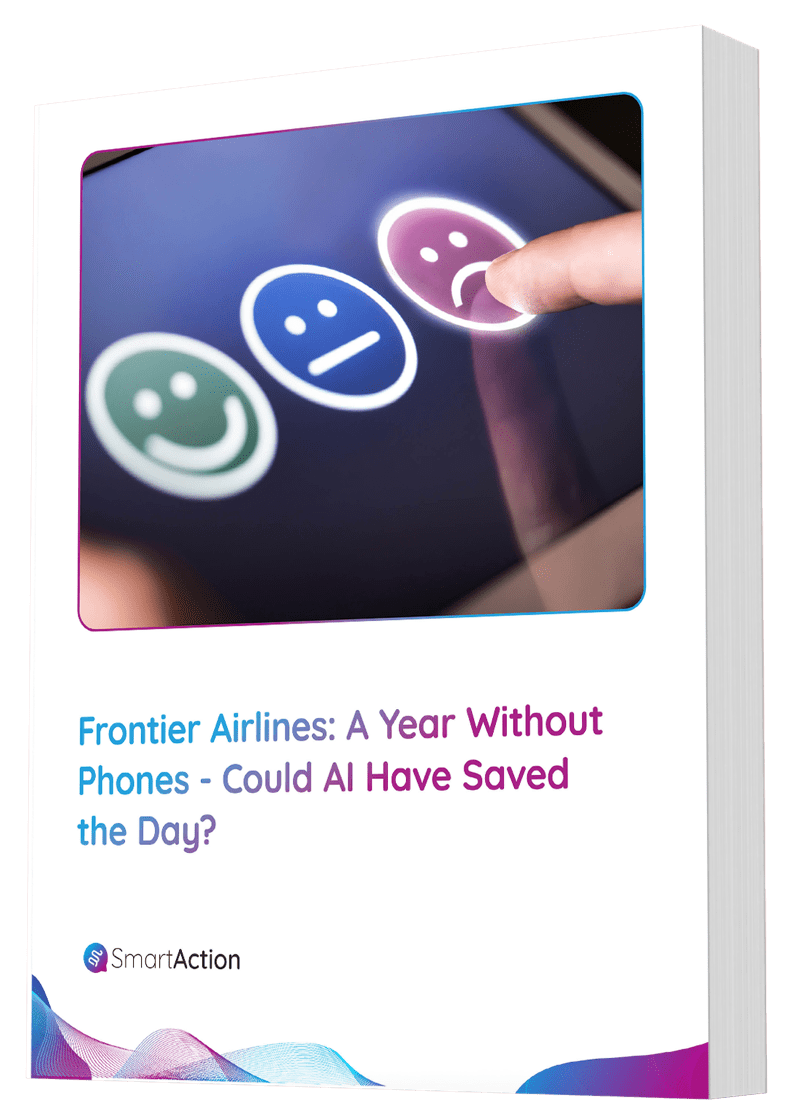AI Chatbots for Customer Service
As chatbot deployments continue to face challenges, we brought together market expert Joseph Zeto and VP Customer Solutions Liam Delap, both from the SmartAction team, to dive deeper into the customer service chatbot ‘problem,’ as well as best practices for a successful deployment. Read an edited portion of that conversation below, and watch the entire webinar here.
Best Practices for Successful AI Chatbot Deployment
Joseph: Some companies are coming out with chatbots in a ‘siloed’ way, introducing AI chatbots standalone, and it’s disjointed from the learning and processes that they’ve developed in the voice channel. It is also not connected to the voice channel, so it cannot gracefully handle situations where customers might start a conversation with a chatbot, but at some point, need to talk to someone. Having that inter-connection is important.
Once a chatbot progresses a conversation so far, and can’t take it any further, there needs to be an easy escalation path to an agent.
Liam: Definitely one of the key best practices to deploying a successful conversational chatbot is making sure you provide agent access to the customer channel.
I’m going to assume that most of the folks in this webinar have conversed with an automated customer service system, maybe even a conversational chatbot. And, even if the experience was flawless, they did whatever they could to connect with a live agent—said “operator,” typed operator, whatever it may be. I’m also going to assume that a portion of the folks in this webinar have likely gotten frustrated talking to a live agent and wished that they could have had that same conversation over an automated phone system. Those competing scenarios really bring up two points I want to make. The first is that customers are very different and have different preferences. Some customers believe that the path of least effort is the automated system, and others simply never feel compelled to use customer service automation at all– no matter how good or bad it may be. The second is that the most successful chatbot implementations take really careful consideration into how to seamlessly pass conversations between bots and human agents.
Seamless Transitions Between AI Chatbots and Live Agents
As good as some chatbots are, there will be conversations in which live agent assistance is required to satisfy the customer need. And, there are few things worse than having to repeat all the information you told the system to a live agent, as well, because the agent just doesn’t have access to the data to make that a seamless transition.
A last point on this is that seamlessly passing conversations across channels is also important. Some customers may come to the chat channel and they may think that that’s the easiest way to get the service they need, but quickly learn that they’re wrong. Then, they may ask for an agent to make a phone call to them, or ask to make a phone call to an agent, which is likely not an option due to the lack of ability those agents have to move across channels.
To boil it down, customers have preferences, they want preferences on which channels they interact with and agents really need to access those channels to guarantee an effortless and seamless customer experience.
To learn all five chatbot best practices, watch the full webinar!






